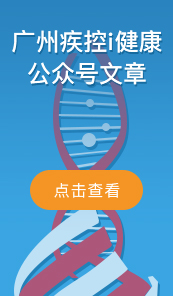NEJM - The New England Journal of Medicine(《新英格蘭醫學雜志》)網站最新發布了一篇文章,是關于妊娠期間母嬰對流感的免疫問題,研究母親和嬰兒相關的抗體反應,感興趣的朋友們可以到以下網址查看原文:http://content.nejm.org/cgi/reprint/362/17/1644.pdf
Influenza Immunization in Pregnancy — Antibody Responses in Mothers and Infants
To the Editor: Though the use of seasonal trivalent inactivated influenza vaccines is recommended in pregnancy, there are few data on the immunogenicity of current vaccine formulations in pregnant women or on the duration of passive protection in their infants. We present antibody data for mothers and infants from a prospective, randomized, controlled trial of influenza vaccine in pregnant women, the Mother'sGift project.
In brief, 340 Bangladeshi women in the third trimester of pregnancy were randomly assigned to receive either a current commercial trivalent inactivated influenza vaccine (with these mothers and their infants called vaccinees) or a control (23-valent pneumococcal polysaccharide) vaccine (with these mothers and their infants called controls). Serum samples were obtained from 311 mothers before immunization and at delivery and from 292 infants at birth (cord-serum samples) and at 10 and 20 to 26 weeks later. The samples were tested with the use of hemagglutination-inhibition assays for the three virus subtypes present in the influenza vaccine: A/New Caledonia (H1N1), A/Fujian (H3N2), and B/Hong Kong.
We report four types of data: first the geometric mean titer of the hemagglutination-inhibition antibody; second, immunogenicity, measured as the geometric mean factor increase in titer after vaccination as compared with beforehand, and also as the rate of seroconversion — either a prevaccination hemagglutination-inhibition titer of 1:10 or lower and a postvaccination titer of 1:40 or greater, or a prevaccination titer of greater than 1:10 and an increase in the titer by a factor of 4; third, seroprotection rate: the proportion of mothers and infants with protective antibody titers, defined as a hemagglutination-inhibition titer of 1:40 or more; and fourth, the transplacental transfer of antibody, defined as the geometric mean ratio of the hemagglutination-inhibition titers in infants and mothers at the time of delivery.
Volume 362:1644-1646 April 29, 2010 Number 17
(編輯:劉鵬達)





